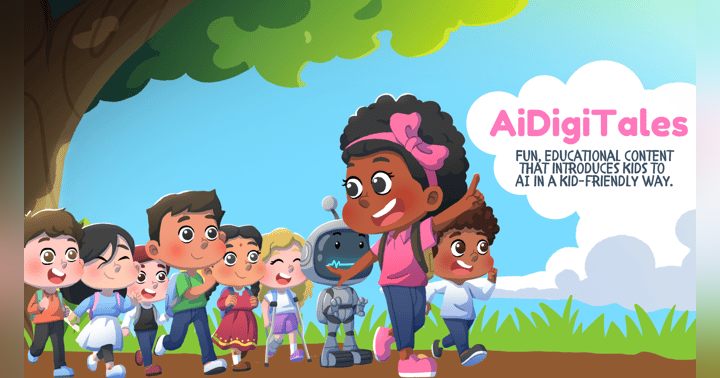Enhancing Learning with AI: How to Avoid Overreliance and Foster Critical Thinking Skills

Artificial intelligence has made its way into classrooms and is transforming the way students learn. However, the overreliance on AI tools can hinder critical thinking skills and obstruct students’ potential in the workforce. In this blog post, we delve into how AI can be used as a tool for meaningful application in education, balancing proper usage with ethical and legal concerns. Ultimately, equipping students with responsible AI usage will prepare them for success in the modern technological age.
Using AI as a Tool for Critical Thinking and Meaningful Application in Education
Artificial intelligence, or AI, is becoming more prevalent in education as teachers and students explore new ways to enhance learning. However, some educators fear that students may become too reliant on AI, using it as a crutch instead of a tool. This can hinder critical thinking skills and set students back in the workforce. In this blog post, we will explore how AI can be used as a tool for meaningful application in education and how to teach students responsible usage in regard to data laws and ethical concerns.
AI as a Tool, Not a Crutch
As technology advances, so does our ability to collect and process data. Students who are able to use AI as a tool to gather and analyze data more efficiently are better equipped to apply that information in meaningful ways. However, it is important to avoid overreliance on AI and encourage critical thinking skills. AI should be a tool to enhance learning and aid in decision-making, not a crutch to replace it.
Teaching Responsible Usage
As with any technology, it is important to teach responsible usage of AI. Educators should be aware of data laws and ethical concerns and teach their students how to recognize and avoid algorithmic bias. Digital citizenship should also be emphasized, with an emphasis on privacy and data-related footprints. Teachers should also maintain caution when sharing data with AI, ensuring only providing necessary information and being wary of age restrictions.
Conclusion
With proper usage, AI can be a valuable tool for critical thinking and meaningful application in education. By teaching students responsible usage, we can prepare them to utilize AI effectively in the workforce and beyond. We must recognize that AI is a tool, not a replacement for critical thinking, and continually adapt our approaches to maintain a healthy balance.









